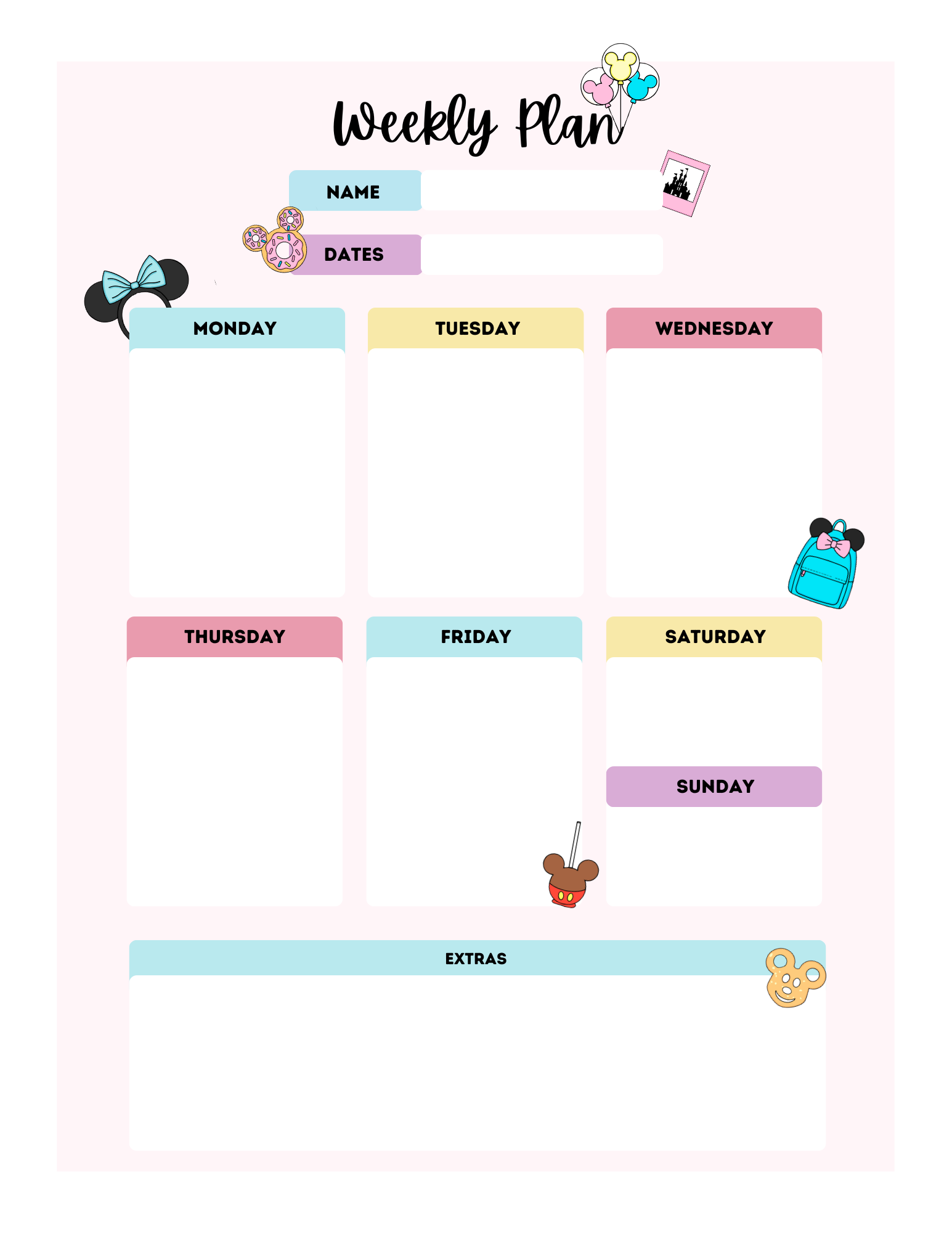How I Plan a Week of Homeschool for My 5th Grader
Every Sunday, I do something I call “Peek at the Plan.” I pour myself a cup of ambition, open up my planner, and take a few quiet minutes to sketch out our homeschool week. It’s not fancy. It’s actually quite messy, and I often emerge from the office to find that my house has become the springboard for a new project from my ten year old daughter’s imagination (this week she decided to create her own stable for her Breyer horses and sketched a blueprint, took measurements, and my kitchen is a mess, but the final stable will be great :). This is my favorite way to turn a big, ambitious learning plan into something simple and doable.
If you’ve ever felt overwhelmed by how much you want to cover in a month - or unsure how to turn that vision into daily learning - this may work for you, too.
Step One: Start with the Monthly Vision
Before I can plan a week, I need to know what we’re aiming for this month. I keep this part flexible but focused - just enough structure to guide us, without feeling boxed in.
Here’s what I want my 5th grader to explore and accomplish this month:
Science: Dive into the world of cells - what they are, how they function, and why they matter.
Language Arts: idioms, logical fallacies, neurology of learning, Maslow’s Hierarchy of Needs, daily independent reading
Math: Complete 4 units of Beast Academy.
History: Read and reflect on 4 chapters of History Quest: United States.
Geography: Learn about East Coast states and capitals.
Spanish: Daily practice with Duolingo.
Extras: Riding Lessons, Crochet Club, Ice Skating, Animation Club, Guitar, and Park Adventures.
I’m already overwhelmed. It’s a lot! But that’s okay. Monthly goals give us direction, not pressure. I don’t expect every box to be checked. Instead, I use them to shape what each week could look like. When I complete this again in September, I am SURE my big plans will shrink a bit!
Step Two: Break It Down by the Week
Here’s where the magic happens. I look at the monthly goals and ask:
What feels realistic this week?
What’s going on in our life: appointments, energy levels, mood swings?
How can I tie learning across subjects to make it more connected and meaningful?
Then I fill out my Peek at the Plan Monthly and Weekly Sheet (you can download your free copy below 👇). I use it to map out our goals in each subject, while leaving plenty of white space for flexibility and curiosity-led detours.
Example: Week 1 Breakdown
Science: Watch a plant vs. animal cells video, complete a Venn diagram, start brainstorming our Magic Kingdom metaphor map project.
Language Arts:
Find idioms in real life (and in books!)
Discuss a few logical fallacies from media or ads
Read a short article on how the brain learns best
Sketch Maslow’s pyramid and talk about it during snack time
Math: Beast Academy (we are new to Beast Academy so my daughter is reviewing concepts she previously learned, but understanding how those concepts are explained in BA terminology. Because of this, we are able to complete one unit a week. Once she completes this level, her progress will be much slower).
History: Read Chapter 1 of History Quest, do the activity, write one reflection sentence.
Geography: Pick two states.
Spanish: Duolingo - 5 to 10 minutes daily. We do this as a family.
Plus Extras:
This rhythm keeps us grounded. If something doesn’t happen? No panic. I shift it forward or replace it with something better suited to our moment. It’s a plan, not a prison.
Step Three: Use a Free Printable (and Make It Your Own)
To help other homeschool families do the same, I created a simple monthly and weekly planning page that mirrors how I lay things out.
🖨️ [Download the Free Peek at the Plan Weekly Sheet Here]
Why This System Works for Us
This approach strikes a balance between structure and freedom. We’re not scrambling or winging it, but we’re also not glued to a rigid schedule.
Planning this way helps me:
Keep track of progress without burnout
Make sure we revisit our priorities
Build deeper connections across subjects
Feel peace of mind, even when life throws curveballs
It also helps her. My daughter sees that learning is part of life, not something separate. When she starts making connections between science and reading, geography and history, her confidence grows.
Final Thoughts
Homeschooling isn’t about racing to finish a curriculum. It’s about creating a life full of meaningful learning, thoughtful conversations, and time to explore the world together.
Every Sunday, I peek at the plan. I breathe. I adjust. I simplify. I choose what matters this week.
And I invite you to do the same. It may seem together this week, but next week, that same sheet will have lots of scribbles and scratch outs and big changes. It’s part of figuring out what works, and accepting that life pretty much goes that way, too.
Pour yourself a cup of ambition. Grab your printable. You’re building something beautiful - one week at a time.









